By William F. Floyd, Jr.
During the five-month Japanese siege of Russian-held Port Arthur during the Russo-Japanese War of 1904-1905 both sides employed hand grenades. The hand-thrown explosives were particularly essential to the Japanese, who struggled to capture key strongpoints in the monumental struggle for control of the Manchurian port.
“It has been interesting to note how [the hand grenade], as the siege progressed, gained steadily increasing importance until it became the main weapon of both armies in all fighting at close quarters,” said Benjamin Wegner Norregaard, a Norwegian journalist who was an eyewitness to the siege.
The Russo-Japanese War revealed the awesome potential the hand grenade had for infantrymen on both offense and defense. As a result, they became an essential weapon for Russian and Japanese infantry during the bloody siege.
The Russians crafted their hand grenades using old cannon balls or brass artillery cartridges cut into four-inch lengths, according to Norregaard. They filled the containers with dynamite and used a mining safety fuse that burned for 15 seconds. As for the Japanese, they used meat tins or bamboo sections that they filled either with the explosive material pyroxlyn or picric acid.
The grenades proved extremely useful to both sides, according to Norregaard, who was embedded as a journalist with the Japanese Army. “The terrible effect of these hand grenades against living men soon opened [the Japanese soldiers’] eyes to the value of this new weapon as a means of offense,” wrote Norregaard. “It was, to them, just like carrying artillery right into the enemy’s positions for use in hand-to-hand encounters where their shell and shrapnel could be of no assistance.”
The Japanese in particular made noteworthy advances, including the use of handles to increase throwing distance and stabilizers to improve accuracy in flight. The combatants used the hand grenades to open gaps in trenches and clear rooms, foreshadowing their use in modern warfare.
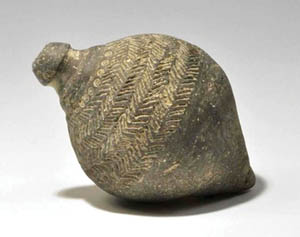
The first known use of what could be termed a hand grenade was in the 8th century ad by the Byzantines who employed Greek Fire in hand-thrown containers. Halfway around the world the Chinese and the Mongols made key advances in the use of the grenade. Both peoples regularly used incendiaries such as fire arrows and small rockets in battle. To those weapons they added metal casings that held explosive material used for incendiary grenades. The earliest description of a hand grenade being used by Chinese soldiers is attributed to the Wujing Zongyao,the same military text used to catalog the use and creation of the flamethrower, gunpowder, and incendiary bombs. The text states that Song Dynasty soldiers used hand-thrown explosives called Zhentian Lei, which consisted of a small ceramic or metal pot filled with gun powder. Meanwhile, the Moors in Spain made noteworthy advancements by firing rocks packed with explosive gunpowder from primitive bucket cannons.
By the early 14th century, European cannons, although not completely replacing mangonels and trebuchets, were evolving into less cumbersome rapid-fire weapons. By the end of the 15th century, the idea of using gunpowder as an explosive weapon instead of a propellant for artillery was becoming popular. The true destructive use of gunpowder came about in 1495, when Francesco de Giorgio Martine employed barrels of gunpowder to blow up a section of wall at the Castel Nuovo in Naples.
By the early 16th century, European knights began using gunpowder as fire pots. These hand bombs were highly effective as antipersonnel weapons. The use of firearm shot in the mixture was a natural progression. This was the first instance of the use of the explosive hand grenade, which could be embedded with dozens of iron spikes. It was fired from a crossbow and stuck to anything made of wood.
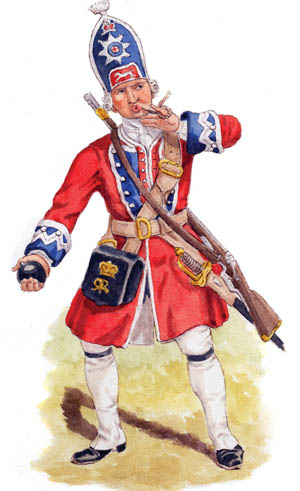
Near the end of the 16th century, soldiers began to realize that hand bombs could be very effective in close-quarters combat, and their use became widespread throughout Europe. The hand grenade consisted of a cast iron sphere with an approximately four-inch diameter with a time fuse. Combatants also began using hand grenades on ships as an aid to boarding an enemy vessel or repelling enemy boarders. In the 17th century, lighter and less costly hand bombs made of thick tempered glass began to appear.
The word “grenade” is believed to have originated in 1688 during the Glorious Revolution, when cricket ball-sized iron spheres packed with gunpowder and fitted with slow burning wickets were first used against the Jacobites at the Battles of Killiecrankie in 1689 and Glen Shiel in 1719. It was during that time frame that units of soldiers, known as grenadiers, were formed who specialized in grenade throwing. From a practical standpoint, though, these grenades were not very effective. Troops in the field often made their own grenades from the materials at hand. For example, the British packed powder and nails into soda bottles during the Crimean War and hurled them into Russian trenches.
William F. Ketchum, the mayor of Buffalo, New York, patented the Ketchum Hand Grenade during the American Civil War. The Union Army adopted the Ketchum grenade in August 1861. The grenade had three parts: a plunger, a casing that contained the main charge, and a tailpiece. Ketchum grenades were available in 1-pound, 3-pound, and 5-pound sizes. They were widely used during the sieges Vicksburg and Petersburg. The Ketchum grenade looked like a cast iron ball or skinny dart with fins made of cardboard to stabilize it in flight. A key drawback to the Ketchum grenade was that it had to land on its nose to detonate. In some instances, Confederate soldiers caught the grenades in blankets and threw them back at the Yankees. The Confederates had a similar model known as the Raines grenade, which was even less effective. In most cases, the body was the same, but a long cloth streamer was substituted for the fins, and the plunger was a contact explosive.
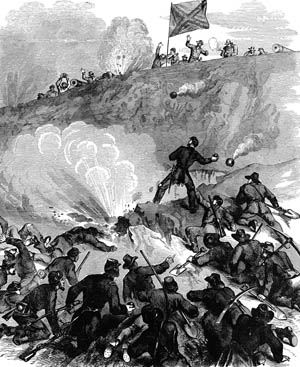
World War I is regarded as the golden age of hand grenades for as many as 50 new designs were introduced during the conflict. As was the case on the Russo-Japanese War, the hand grenade was of great value to soldiers fighting in trenches. Hand grenades of World War I were either detonated by impact or by time fuse. Impact ignition, also known as percussion ignition, was dangerous because impact might occur before the handler got close to the enemy. For this reason, timed grenades ultimately won out.
The first modern grenade was the British Mills Bomb developed in 1915. The model had a cast-iron casing that was horizontally and vertically ribbed to form surface notches, making it the first of the pineapple-shaped fragmentation grenades. The Mills Bomb, which was constructed from ration tins, employed a spring-loaded firing pin and lever. The lever released the striker, which in turn ignited a four-second fuse. Although this model was filled with low-explosive gunpowder, the Mills Bomb was nevertheless a leap forward in hand grenade technology.
The German stick grenade first appeared in 1915 but was not perfected until 1917. This was the well-known “potato masher” Model 24, which used a time fuse lit by a friction igniter that was used in both world wars. This model had the advantage of a much longer throw distance because of the torque achieved with the hollow wooden handle. The United States would enter World War I with a complicated impact-fuse grenade that was a complete failure and was soon scrapped. For a while the Americans would use the French F-1 until an improved version of the Mills Bomb was integrated into a new American grenade, the pineapple-shaped Mk 1.
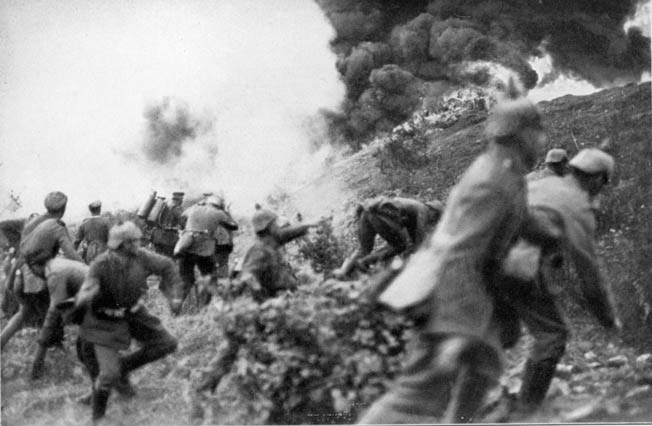
The Mk 1 was replaced in May 1918 with the Mk 2. The Mk 2 is a fragmentation, anti-personnel weapon that was standard issue during World War II and the Korean War. The Mk 2 was manufactured with grooves in the cast iron to improve fragmentation and provide a better grip for handling and throwing. This design gave it the look of the earlier pineapple model which soon became its nickname. It was commonly referred to as a “frag grenade,” in contrast to the Mk 3 grenade, which was a concussion weapon. The low-explosive Mk 2 used smokeless EC powder that produced an adequate amount of fragmentation and did away with the need for a detonator. At first it was replaced by a small length of safety fuse that ended with a black powder igniter charge. High-explosive Mk 2s used flaked or granular TNT. Prewar Mk 2s had TNT filler and were identified with an all yellow body as a warning to users. Wartime grenades were repainted olive drab for camouflage purposes.
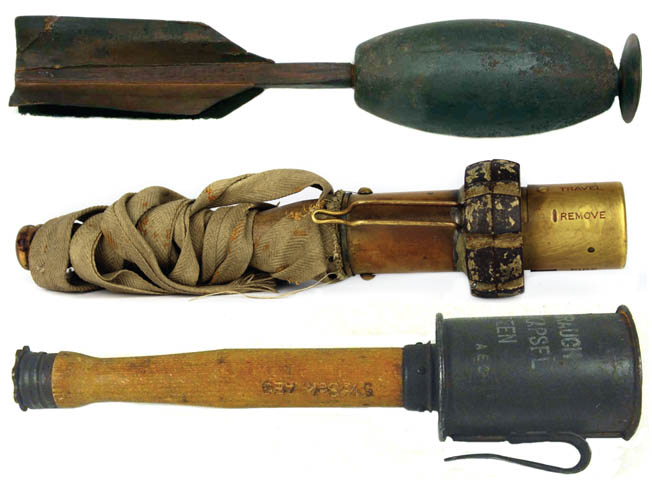
The Type 97 hand grenade saw widespread use by the Japanese during the Second Sino-Japanese War and World War II. It had same principles as most fragmentation grenades of the period. It featured a grooved, segmented body that dispersed sharp pieces of shrapnel when it exploded.
Using the Type 97 was a complicated and time-consuming process. The operation began by first screwing down the firing pin, allowing it to protrude from the striker. The safety pin was then removed by pulling the cord to which it was attached and the protective cap that covered the striker was removed. A sharp blow against a hard surface, such as a combat helmet or rock, would overcome a creep spring and crush the thin brass cap, which allowed the pin to hit the primer and begin the delay sequence before throwing the grenade at the target. When compared with Allied grenades of the same period, the Japanese model was weaker, and the lack of an automatic ignition mechanism made the grenade less reliable and could be dangerous to the user.
In the wake of World War II efforts got underway to improve upon the fragmentation grenade design. The problem with a grenade that produces limited heavy fragments is consistency of the coverage area. Many times even close to the point of detonation, grenades would not be effective. Experience showed that hand grenades needed to be more effective close in, and long-range hazards needed to be reduced.
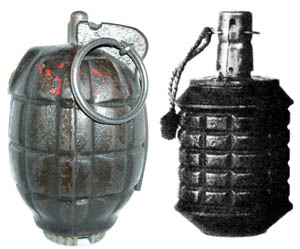
For these reasons, a new class of grenade was developed: a high-yield, limited-range fragmentation grenade. In the evolution of American hand grenades, the M61 became the standard used by both the American and Canadian forces during the Cold War. The M61 was a variant of the M26A1 grenade being used by other countries around the world, with the exception of an additional safety clip added to the design. The clip was connected to the lever to prevent accidental detonations if the base pin was inadvertently pulled. It became known as the Jungle Clip since it was designed based on the experience of American forces in the jungles of Vietnam where grenades often became snagged on undergrowth.
The M67 is currently used by the United States and other countries. The M67 has a 2.5-inch spherical steel case that contains 6.5 ounces of explosive substance. An internal fuse ignites the charge within and the ensuing explosive disintegrates the grenade casing, which becomes the fragmentation component. There is a four- to five-second window to get the grenade away. The actual detonation cycle begins when the spring-loaded safety lever separates from the grenade in flight. An internal firing pin hits against a percussion cap and ignites the fuse. This is preceded by the operator having pulled the pin. The pin can be put back into a live grenade as long as the safety portion is still in place.
Modern grenades generally are constructed of cast iron or one or two layers of steel or tinplate. The indentations on the exterior of the body are intended to allow a firm grip. The basic components are the body, filler, and fuse assembly. The body contains filler and, in certain models, fragmentation material. The casualty radius for most grenades ranges from five to 22 yards; however, stray fragments can travel as far as 220 yards. The filler is made up of a chemical or explosive substance that determines the type of hand grenade for employment factors. The fuse assembly causes the grenade to ignite or explode by detonating the filler.
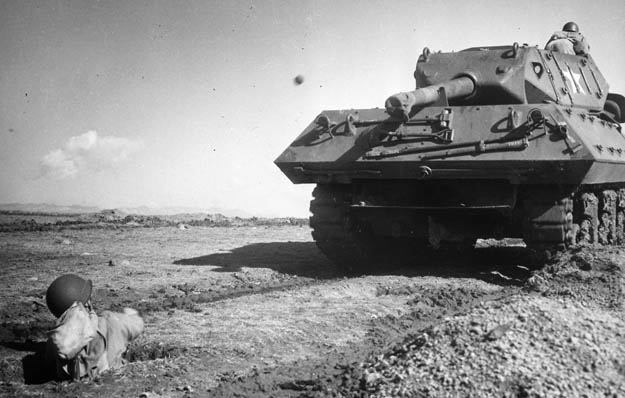
Over the course of its long history, the fragmentation model has been the most enduring type of hand grenade but there are other types in use as well. The controlled fragmentation grenade was developed in the 1970s. This type consists of thousands of steel ball bearings embedded in plastic bodies. The offensive grenade, which is less lethal than the fragmentation grenade, is designed to be used against enemies in open space but also can be used in a confined space. Soldiers also use special model grenades, such as smoke grenades and special-purpose grenades that furnish a signal, screen movement, or destroy equipment.
Hand grenades can be thrown from a standing, kneeling, or prone position. Since all soldiers do not throw in the same manner, it is not wise to have hard and fast rules about how to throw a hand grenade. Accuracy in throwing a grenade is far more important than how the grenade is thrown. If a soldier can achieve more accuracy and distance using his own style, he would normally be allowed to do so; however, there are a few basic rules that should be observed. They include turning the body sideways toward the enemy’s position and throwing overhead.
Not all grenades are hand thrown. A significant development in this field was the rifle-launched grenade. A need would develop for a high-angle weapon to fill the gap between the hand grenade and the small infantry mortar. In World War I, the British and the French developed rifle grenades. The British had a weapon mounted on a rod thrust down a rifle barrel that was propelled by a blank cartridge. American Expeditionary Forces used the French model known as the VB. The grenade consisted of a steel container that was about the size of an ordinary can of condensed milk, with a doughnut-like hole through the can. The grenade was fired from a launcher called a “tromblon,” which was fastened to the muzzle with a bayonet clip. The bullet of a ball cartridge passed through the hole in the grenade. This would arm the grenade, and the gases behind the bullet launched it, sending it tumbling end over end for a distance of 200 yards. The blast from the pound-and-a-half grenade could be devastating.
The Germans developed two types of rifle grenade launchers. One was a spigot-type launcher, similar to the American model, and the other, a cup type of an entirely different sort. The cup type is made of steel and consists of a rifled barrel that screws into a holder fitted with a clamp for attachment to the rifle barrel. There are no gas ports, and varying ranges can be obtained by altering the elevation of the rifle with the aid of a sighting device. The cup type can fire three projectiles: an antipersonnel grenade, a light antipersonnel, or a heavy antipersonnel. Under favorable conditions, the heavy model can penetrate about two inches of armor, making it an effective antitank weapon at close quarters.
During the Vietnam War, the Americans introduced the M-79 grenade launcher that resembled a large sawed-off shotgun with an effective range of 440 yards. The breach-loaded M-79 fires various types of 40mm rounds, including high-explosive, flare, and CS gas. The M79 can throw an explosive charge much farther and with greater accuracy than one thrown by hand, but not without limitations. Since the round does not arm until after approximately 30 feet, it was not effective for close-quarters fighting. In addition, it often detonated prematurely after hitting foliage in flight. For these reasons, it was not a replacement for the hand-thrown M26 or M67 fragmentation grenades.
The modern grenade has attained a point of peak efficiency and, therefore, it has not changed much in the past 30 years. Explosive fillers of modern grenades are more powerful, more reliable, and less prone to accidental detonation than grenades of past centuries. This level of performance and reliability makes the grenade indispensible to riflemen of all nations.
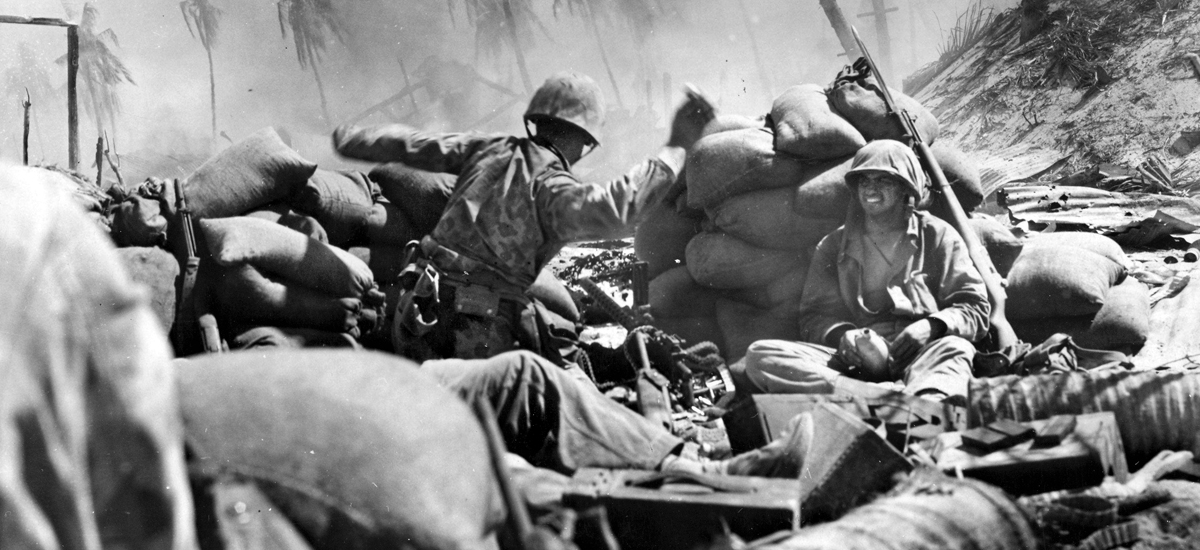
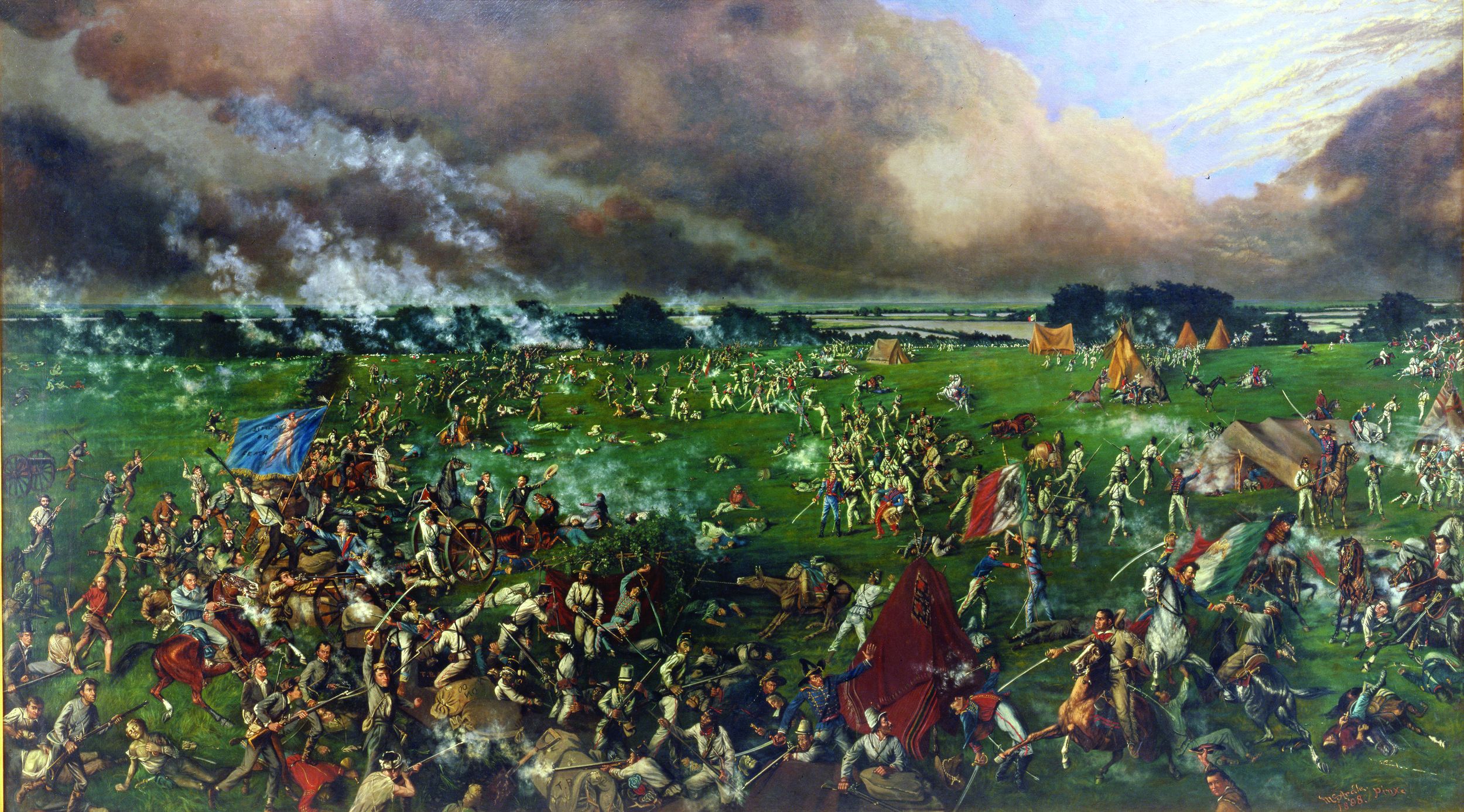
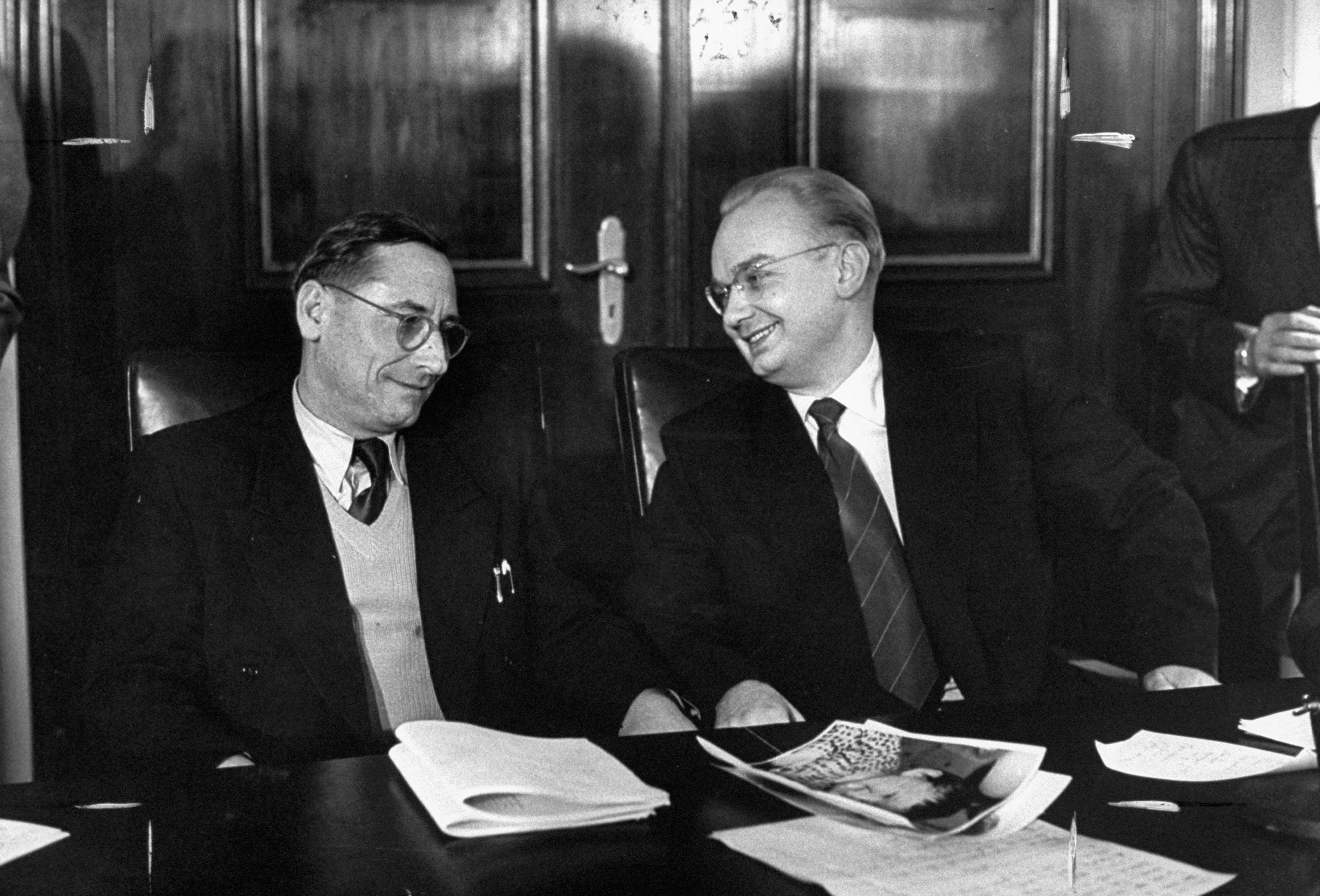
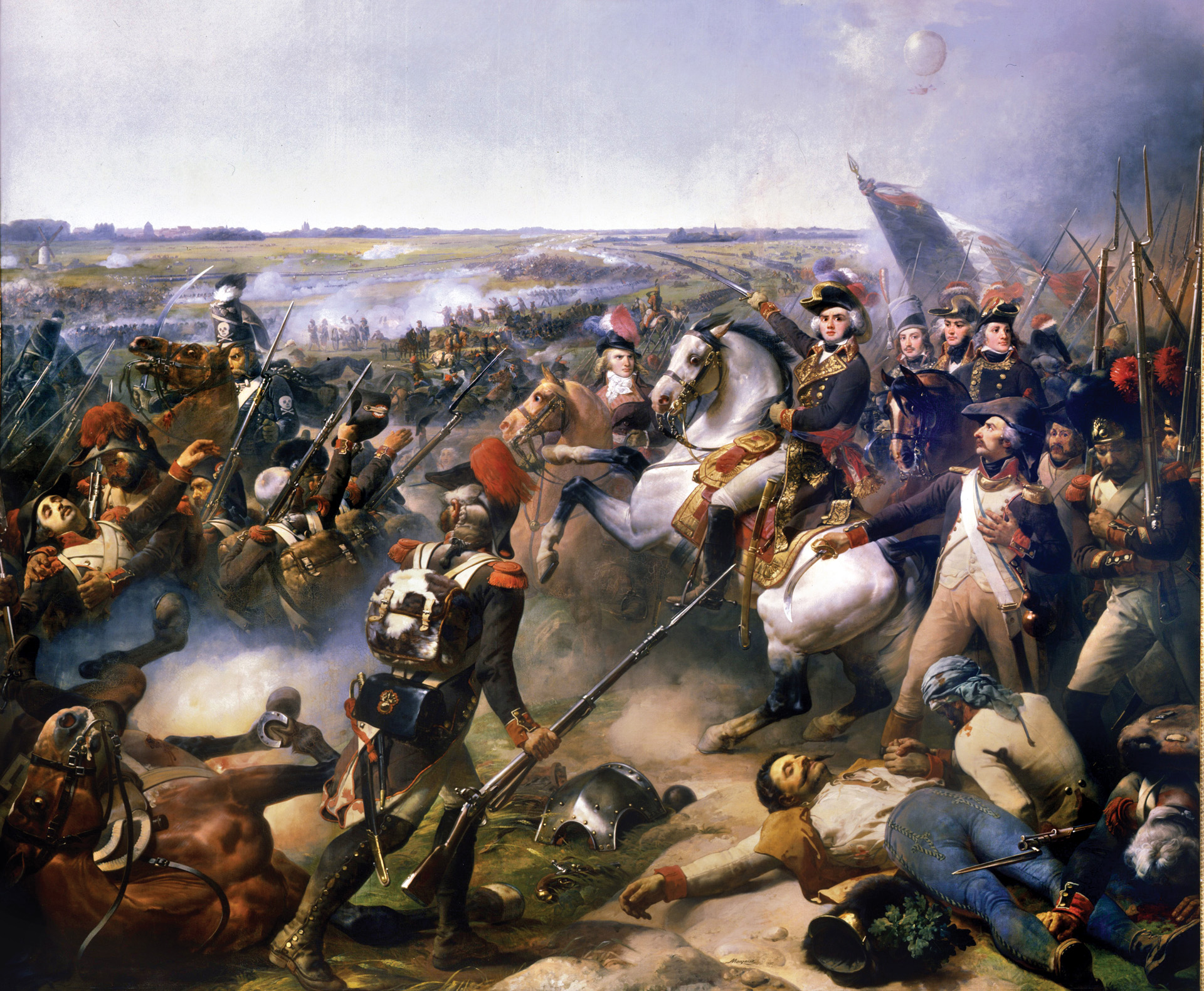
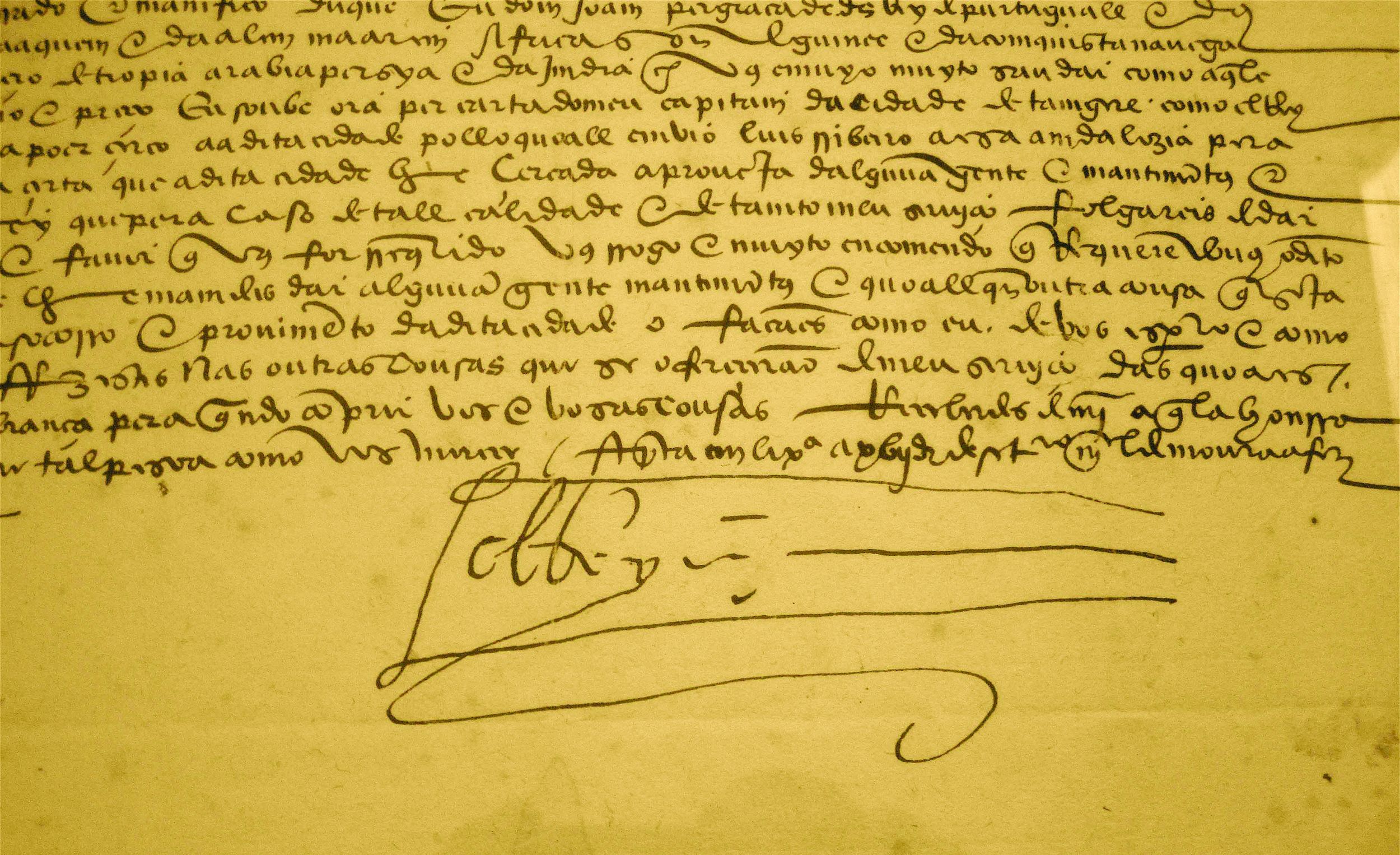
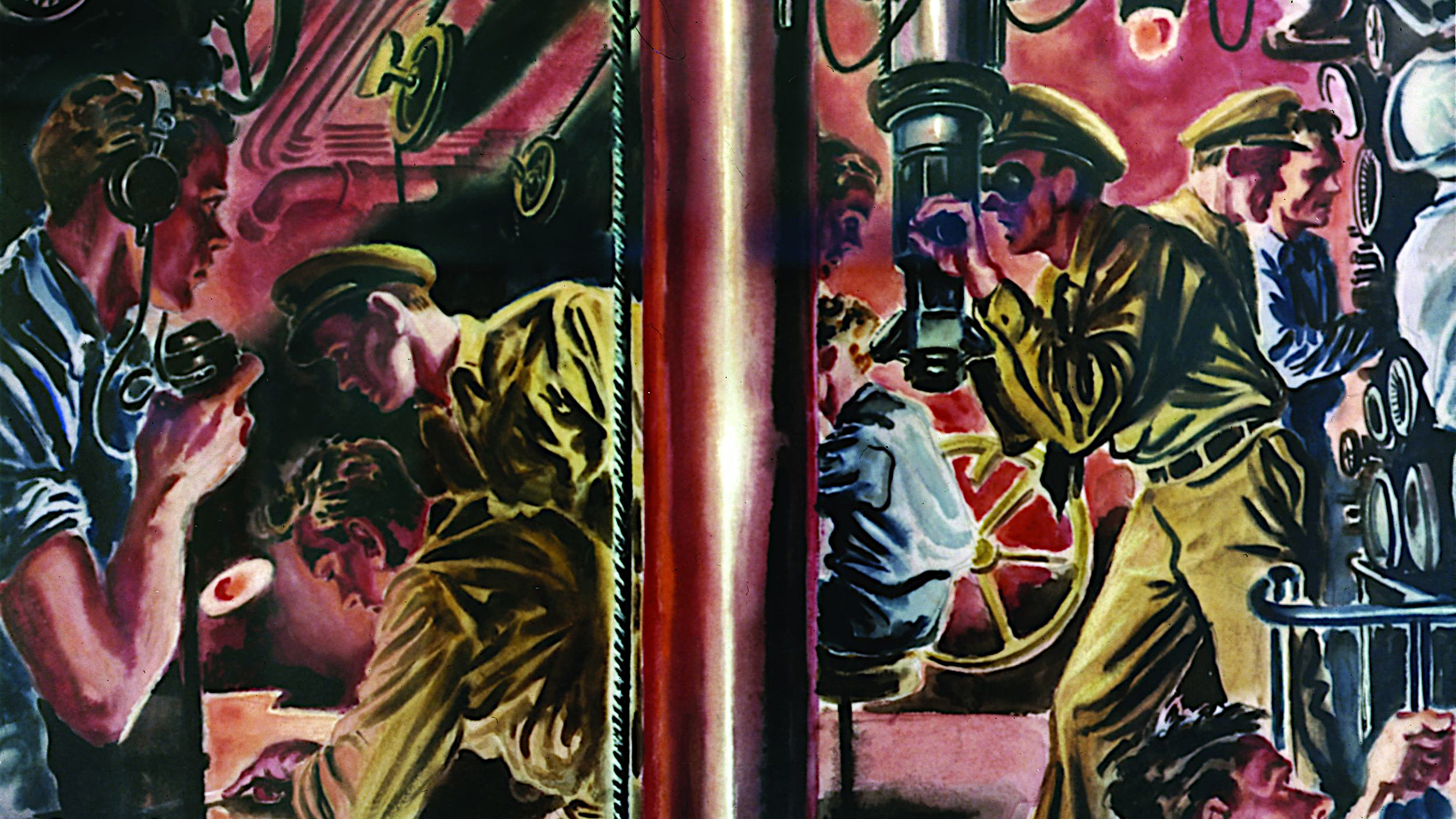
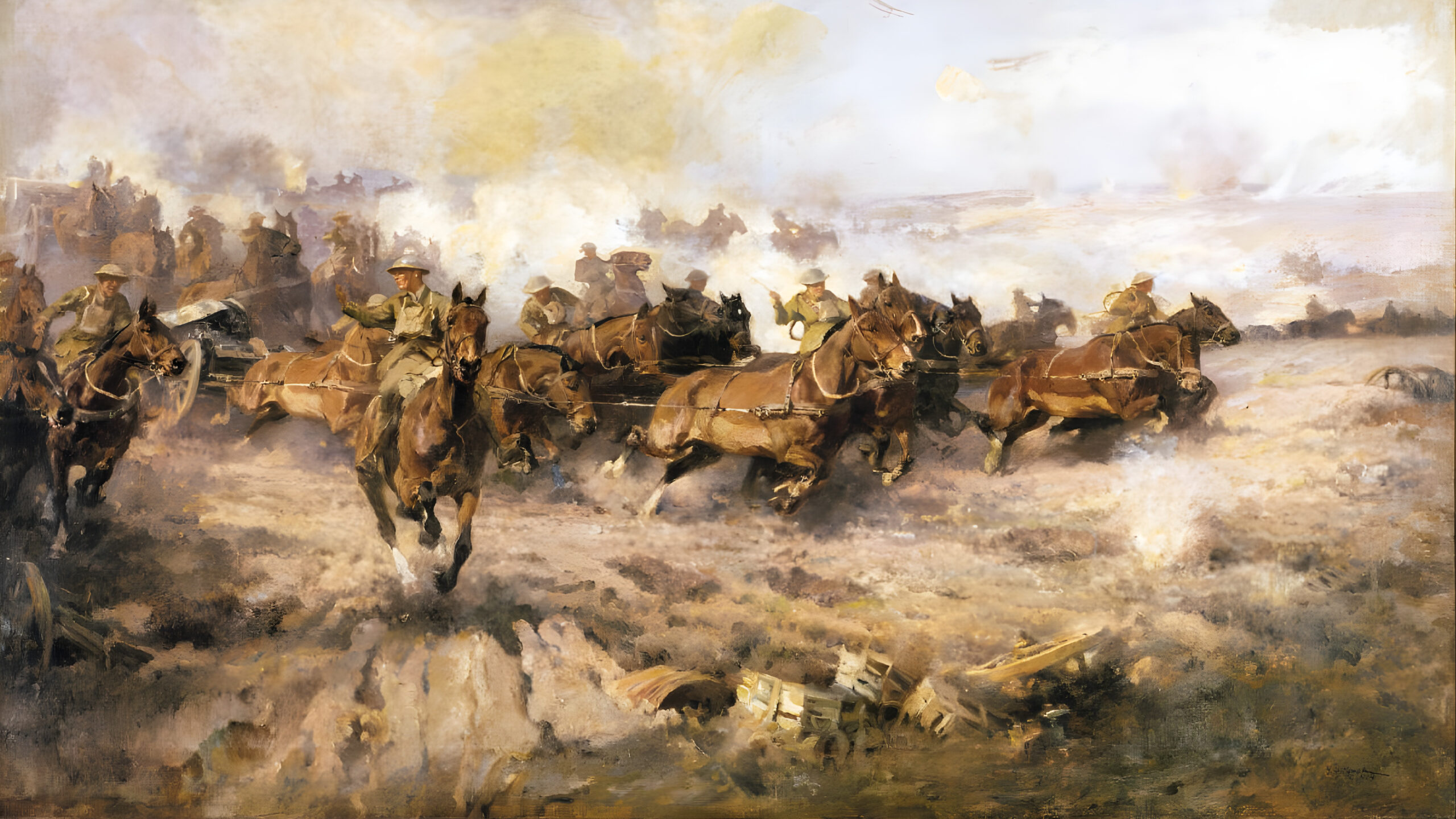
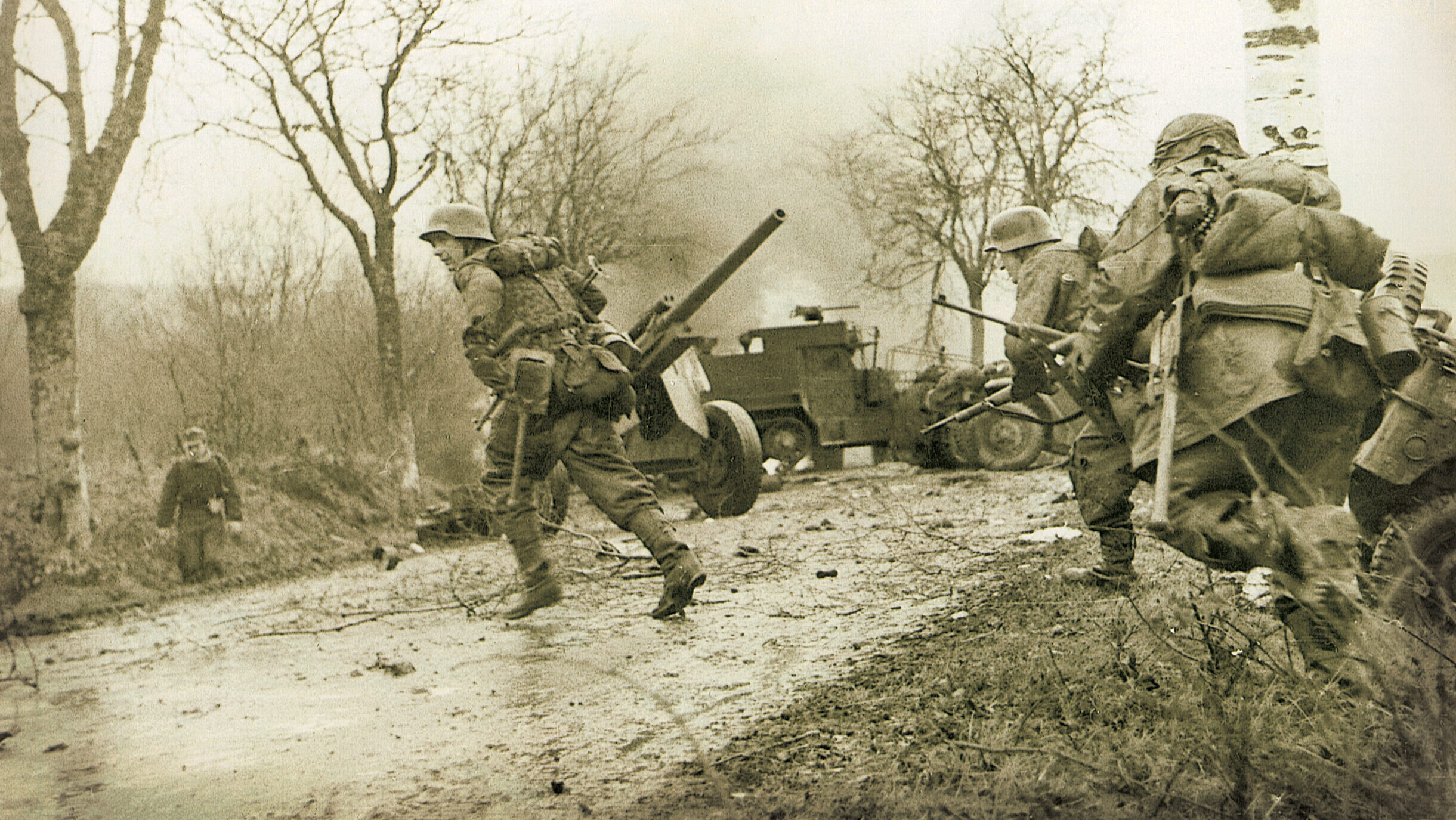
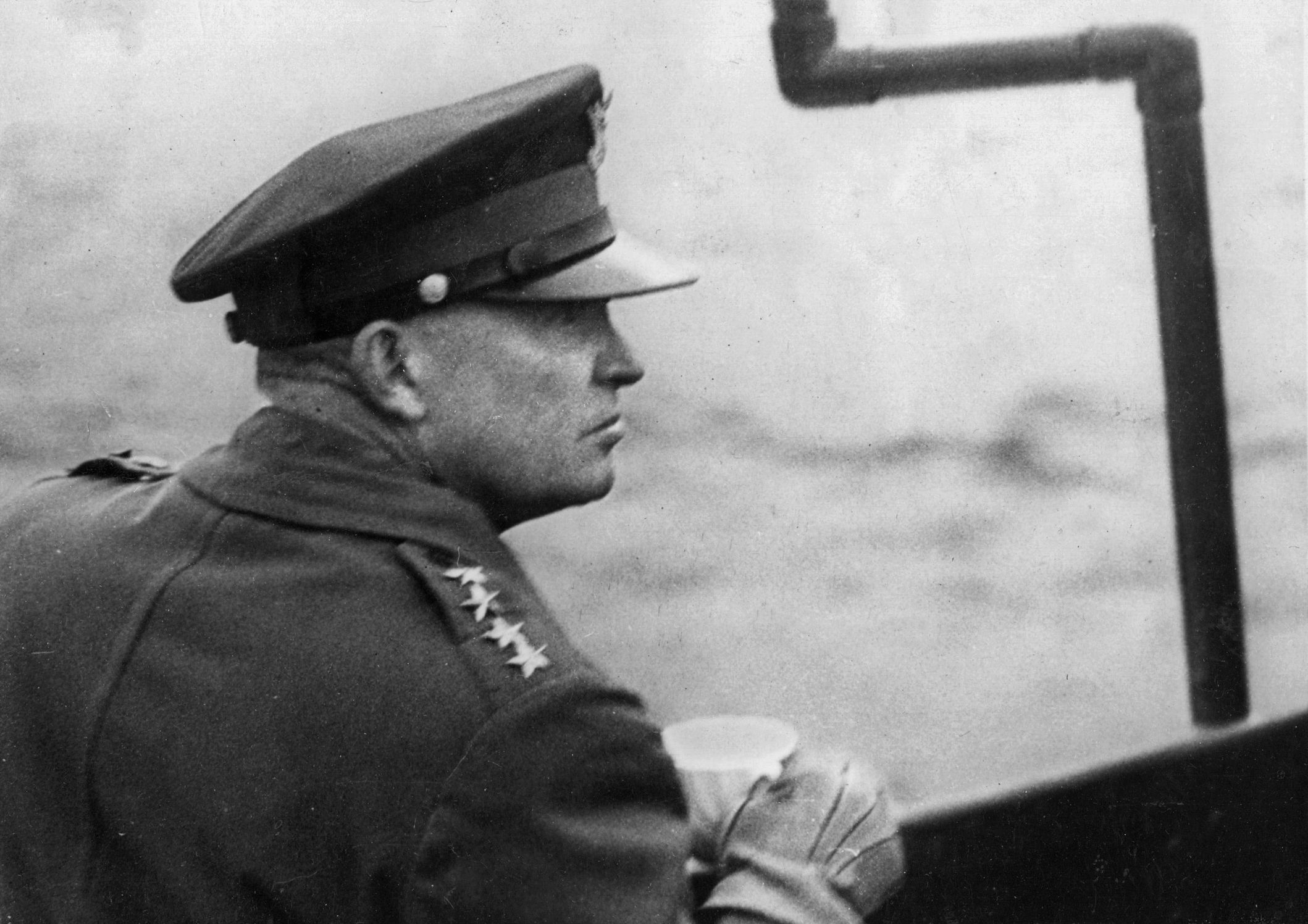
Join The Conversation
Comments
View All Comments